What you’ll learn
- Students learn and prepare for the American Welding Society – Certified Welding Inspector Examination
- Students learn the skills of Certified Welding Inspector of American Welding society
- Students learn the Welding Inspection Technology, Welding Metallurgy, as per the AWS and International Standards
- Students learn the welding fundamentals, Metallurgy, terms and definitions, welding processes, nondestructive examination, procedures, symbols, calculations.
- Students learn safety practices, and duties and responsibilities of a CWI.
- Students learn practical hands-on test to find the ability of visually identify welding discontinuities and to determine the acceptance or rejection of a weld.
- Students learn the proficiency, ability of evaluation of test results with open book of Code application with a selected code application like API 1104.
Requirements
- Degree or Diploma or Trade Certificate in Mechanical or Welding Engineering
Description
The CWI exam consists of three parts
Part A – Fundamentals
Part B – Practical,
Part C – Code Book Applications.
Part A is a closed-book exam that consists of 150 questions on the welding fundamentals, terms and definitions, welding processes, nondestructive examination, procedures, symbols, calculations, safety practices, and duties and responsibilities of a CWI.
Part B is a practical hands-on test to find the ability to visually identify welding discontinuities and to determine the acceptance or rejection of a weld.
Part C is an open book test of Code application to evaluate the applicant’s familiarity and ability with a selected code application.
The pass marks for Part- A, B & C is 72%
You can refer to the full details of AWS Certification and Qualification Standards in the following documents available at free of cost on the AWS website:
QC1:2016-AMD1 – Specification for AWS Certification of Welding Inspectors
B5.1:2013-AMD1 – Specification for the Qualification of Welding Inspectors
(Study the documents and be prepared well to answer any question from the document.)
In this course, the candidate will learn the following :
Preparation of reports
Complete knowledge and understanding of the following welding processes:
SAW, PAW, RW, SMAW, SW, FCAW, GTAW, OFW, ESW, GMAW.
Thermal Spraying Soldering
Mechanical Cutting Thermal Cutting/Gouging
Brazing/Braze Welding
Welding Metallurgy- part-1/2/3/4
Structure of Metals, Formation of Crystalline Solids, BCC, FCC, HCP Structures, Disarray of Grain boundaries, Substitutional and Interstitial solid solutions, Phase Transformation (critical points), Physical Structure of metals, Copper Silver phase Diagram, Welding the precipitation -hardening alloys, Dispersion Strengthening, Welding of Specific alloy Families, Aluminum alloys, Welding the heat treatable grades, Basic Metallurgy of steels, Chemical elements of Steels, Phase Transformation in Pure Iron, and Steel, The Iron -Iron Carbon Equilibrium Diagram, Heat Treatment of Steels, Effect of Cooling Rate on Transformation, Isothermal Transformation or TTT Diagram, Thermal characteristics of welds and Heat Affected Zone, Change of Temperature during welding, Factors influencing temperature changes in weld
The fundamental principles of the following ND Tests:
VT, MT, UT, PT, RT, LT
He will acquire knowledge of quality procedures and Quality audits/surveillance.
Knowledge and understanding of the fundamentals of welding metallurgy
Knowledge and understanding of all the welding symbols and engineering drawings.
Base material compliance
Filler metal compliance
Filler metal storage, handling
Inspection records compliance
Verification of proper documentation compliance
Base material and filler metal compatibility
Certification of documented results and compliance
Procedure qualification records compliance
Welding procedure compliance
NDE procedures compliance
Applicable safety requirements in the workplace as per the International Standards
Who this course is for:
- Degree or Diploma or Trade Certificate in Mechanical or Welding Engineering, with 2 to 3 years of Industrial experience in Welding or Engineering. Teaching experience will also be considered.
